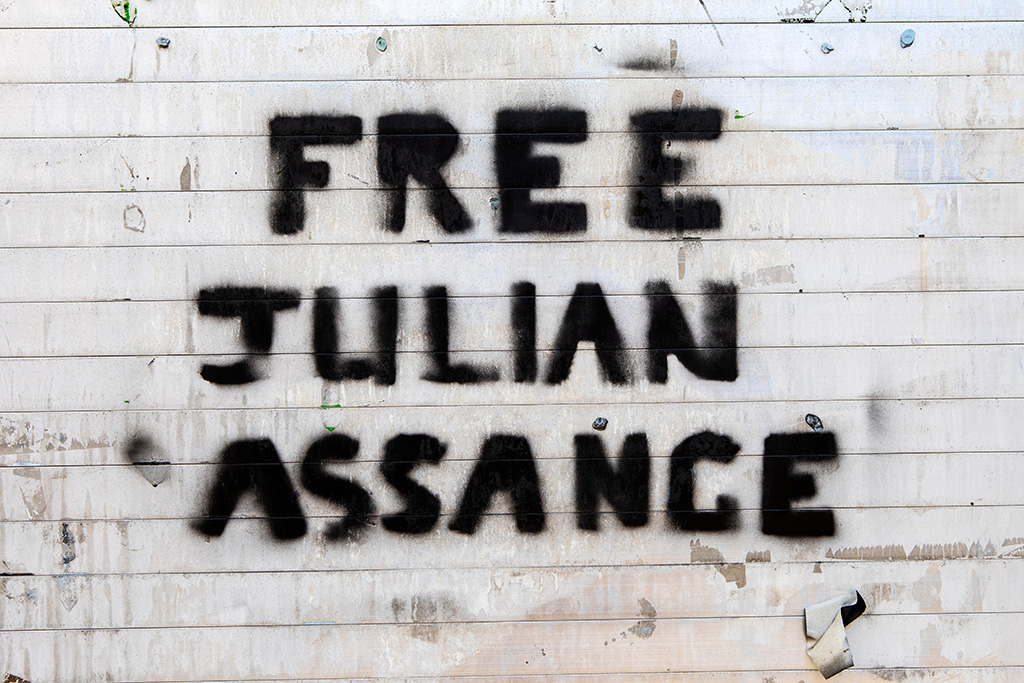The realm of international politics and journalism was set abuzz on June 24, 2024, as Julian Assange, the controversial founder of WikiLeaks, stepped out of Belmarsh prison after 1,901 days of confinement. The 52-year-old Australian’s release marks a pivotal moment in a 14-year saga that has seen intense legal battles, diplomatic wrangling, and impassioned debates about press freedom and national security.
The Plea Deal
Assange’s release comes as part of a plea agreement with the US Justice Department. To avoid extradition to the United States, Assange has agreed to plead guilty to one count of conspiracy to obtain and disclose classified US national defense documents. This plea deal, brokered after years of negotiations, allows Assange to evade further incarceration, as he has already served the equivalent of the 62-month sentence he is expected to receive.
A Long-Awaited Freedom
Emerging from Belmarsh, Assange was swiftly transported to Stansted airport, where he boarded a private jet bound for the US territory of Saipan in the Northern Mariana Islands. Here, he will finalize the plea deal in a court appearance scheduled for June 26. Once the legal formalities are concluded, Assange is expected to return to his home country of Australia.
Implications for Journalism
Stella Assange, Julian’s wife, expressed elation at his release, while also voicing concerns about the broader implications of his guilty plea. “Julian’s freedom is a relief, but the precedent set by his case is troubling for journalists worldwide,” she noted. This sentiment echoes the fears of many in the journalism community who worry that Assange’s case may have a chilling effect on investigative reporting and the publication of classified information in the public interest.
The WikiLeaks Saga
Assange’s journey from cyber-activist to global headline-maker began with the founding of WikiLeaks in 2006. The organization gained notoriety for its publication of classified US military documents and diplomatic cables, including the infamous “Collateral Murder” video, which showed US helicopter gunship attacks in Iraq that killed a number of people, including two Reuters journalists. These releases sparked a global debate on the balance between national security and the public’s right to know.
The Road Ahead
As Assange prepares to return to Australia, the end of his physical confinement does not signify the end of his impact. The issues raised by his actions and the subsequent legal battles will continue to influence discussions around journalism, whistleblowing, and government transparency. His case has become a touchstone for debates about the power dynamics between the state and the press, and how far governments can go to protect state secrets.
For those invested in offshore finance and international legal frameworks, Assange’s case underscores the complexities of cross-border legalities and the potent intersection of politics, law, and media. His story serves as a reminder of the profound impact that a single individual can have on global discourse, and the relentless scrutiny that comes with challenging powerful institutions.
As Julian Assange‘s plane descends upon Saipan, the world watches closely, reflecting on a saga that has irrevocably altered the landscape of investigative journalism and international law. His release from Belmarsh prison may close one chapter, but the debates he ignited are far from over.
Free Julian Assange Sign in London, UK – By chrisdorney

Leave a Reply